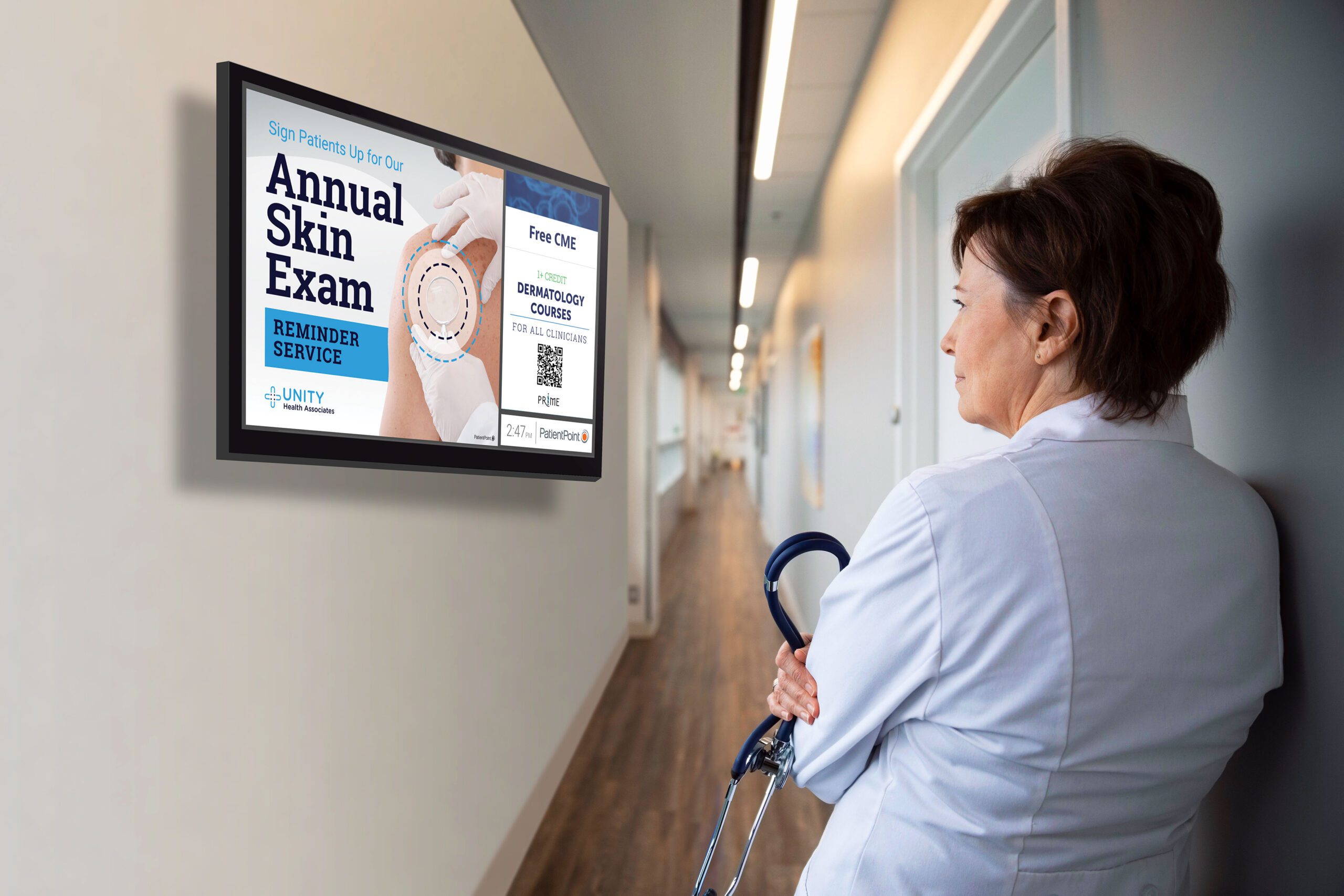This article first appeared in ADAM’s Executive Decisions in Dermatology Summer 2023 Edition.
Ignoring staff training is like neglecting to maintain your car—it can result in decreased performance, frequent breakdowns and a demoralized driver. Some people are hesitant to spend extra money on trainings and employee engagement because they worry employees will soon leave and additional expenses will be added for training new hires. But more often than not, investing in employees fosters loyalty. In fact, 94 percent of employees say that they would stay at a company longer if it simply invested in helping them learn. By making staff trainings and employee engagement a priority, practices can improve efficiencies, show support and appreciation to employees and shape company culture. In return, the happy and well trained staff will create a more positive and successful patient experience. But how do you improve retention of what they’ve learned?
Staff trainings don’t need to be extravagant, but you should go beyond the basics required by law, like OSHA training or HIPAA updates. Providing opportunities for staff to get more education and continue growing their skills will lead to more productive days and employees who are able to take on more responsibility. That’s why companies with comprehensive training programs have 218% higher income per employee. Conducting team building activities and role playing scenarios for different patient interactions can also make staff more comfortable interacting with each other and improve their bedside manner—both of which will contribute to a more positive patient experience with better adherence to treatment plans. Role playing will also increase employee engagement and companies with engaged employees are shown to be 21% more productive. Lastly, to make sure everyone is aligned and motivated to reach the same goals, trainings are a great moment to discuss the practice’s vision and mission with staff.
There’s no question staff training is important for business—it increases profits, improves productivity and saves the equivalent of six to nine months of an employee’s salary in costs by reducing employee turnover—however, once enough time passes without staff reiterating what they’ve learned during training, they are at risk of forgetting it. This is known as the “Decay Theory” which states that, “if a person does not access and use the memory representation they have formed, the memory trace will fade or decay over time.” In more simple terms, ‘use it or lose it.’ This is increasingly becoming an issue in the workplace. Training decay can have varying impacts on different aspects of dermatology practices, like errors in diagnosis or treatment planning, treatment effectiveness, patient communication and procedural skills. All of which can impact patient care outcomes and staff happiness in the workplace.
Some ways to mitigate training decay are by setting an action plan using metrics, conducting periodic skill reinforcement sessions and continuously reiterating the teachings. Having employees create an action plan will encourage them to take the time to make the connection between what they learned and their day-to-day responsibilities. Then, adding measurable goals will make it easier to assess the effectiveness of the training and measure the impact on desired outcomes.
Periodically scheduling follow-up sessions adds extra reinforcement and allows for in-depth peer discussion about what’s working and what can be updated. And to make sure teachings stay top of mind in-between sessions, managers should be constantly reiterating what was learned and the value of incorporating the teachings into daily practice.
Internal emails are a good way to provide continuous reiteration of key takeaways and they also allow you to link out to other articles or ways to continue education. The downside to emails is that 60.8% of respondents ignore emails in the workplace, so using another tool like internal digital screens is a more effective way of keeping learnings front of mind for employees. Digital screens should give you the same customization as an email where you can share reminder messages of the key takeaways, best practices for communicating with patients, updates on the latest dermatology medical news and access to CME opportunities. They can also be used to improve staff engagement in office initiatives by sharing daily reminder messages for campaigns like scheduling more annual skin exams or getting more patient portal signups.
To go beyond staff training and engage employees even further, simple staff recognition tactics can go a long way. 37% of employees report that the best way to improve their engagement is for their superiors to give them recognition, and strong employee recognition programs reduce turnover rates by 31%.
With a well-trained and more engaged staff, your practice will run smoothly, and patients will take notice. When employees are happier and confident, they’re more engaged and ready to create personal connections with patients, which leads to happier, confident patients.

